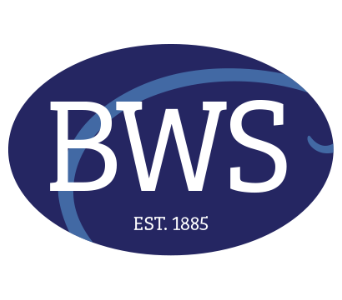The following are my favorite colors for watercolor painting, you don't need these exact colors, and something similar will work. DON'T BUY ALL OF THE COLORS! If you already have some watercolor paint, bring what you've got. I just wanted to give you an idea of my favorites. I do suggest professional grade watercolor tubes, as they will blend better and give us a better range of opacity.
* If you are just starting out and don't have any watercolor paints, I have put an asterisk * by the colors I recommend you can start with for this workshop. You can definitely get by with these.
The first dolor listed is what I use, including the brand I like (DS = Daniel Smith, HOL = Holbein; I mostly buy my paint at "dickblick.com"). If I don't indicate brand, I don't have a preference. The second color listed is an acceptable substitute. The 14 colors listed are my stock colors, thou I am constantly trying new ones. The "accent" colors are my opaque watercolors that I love to use sparingly. You don't need all three; just get one to play with. Or, you could make any color opaque by adding white gouache.
Brienne's Favorite Colors:
*Carmine or Alizarine Crimson (I use either)
Quinacridone Rose (DS)
*Transparent Red Oxcide (DS) or Burnt Sienna
*Transparent Yellow Oxide (DS) or Yellow Ochre
*Transparent Yellow Lemon (DS) or Cadmium Yellow Light
*Transparent Orange (DS) or Cadmium Orange
*Cadmium Red Medium or bright semi-opaque red
*Ultramarine Blue
*Cobalt Turquoise (DS)
Sap Green (DS)
*Carbazole Violet (DS) or Dioxazine Violet
Neutral Tint
*Chinese White or White Gouache
Accent Colors
Cobalt Teal Blue (DS)
Lavender (HOL) - This is my absolute favorite accent color!
Horizon Blue (HOL)
Anything that is a more opaque (white tint of anything can be used as an accent color)
Watercolor Palette: Whatever you are used to using. I like palettes with plenty of area for mixing. If you don't have a watercolor palette, plastic white plates will work just fine.
Watercolor Brushes:
I mostly use a mop for washes and some synthetic brushes with good points! My favorite synthetic brushes are the Escoda (Perla) synthetic round brushes, #16,#12, and #8. I also use a Cheap Joe's Scroggy's Loose Goose Dagger Striper for calligraphy. However, bring what you have; you don't need these exact brushes! I thing the most important aspect about the brushes I use is having a brush that can hold a lot of water for washes (like a mop or a good flat brush} and some brushes with good points (the Escoda brushes do this for me). However, there are a lot of different brushes out there that can give you the same thing.
Watercolor paper:
watercolor block, or watercolor pad (I prefer rough or cold press and at least 140 lbs). I like Arches and Sanders Waterford paper. We will be working with 1/4 of a full sheet. During the workshop we will probably be going through 2 full sheets (22 x 30") of paper or 8 quarter sheets (11 x 15"). Don't get cheap student grade paper. You will just frustrate yourself.
Other Supplies:
Bring a board for supporting your paper and tape or staples. This is important because I work on an angled surface, not flat.
Pencil for sketching (I prefer lead grade 2B or 4B)
3-4 Markers for making value sketches. I have found Copic or Prismacolor to work well. Get 3-4 values spread evenly. For example, #2, #5, #7, and #10 or something similar. they usually come with 2 tip shapes on each end.
Sketchbook! Don't forget your sketchbook!
Container for water
Spray bottle of water (I bought a small one at Michael's)
Paper towels
Sponge - just a regular sponge
I will provide the subjects for painting
Think about a main topic you want to take away from this workshop. I will ask you this question on the first day and I will attempt to answer everyone's questions throughout the course of the workshop.
Come ready to work hard, learn a lot, and have fun!
